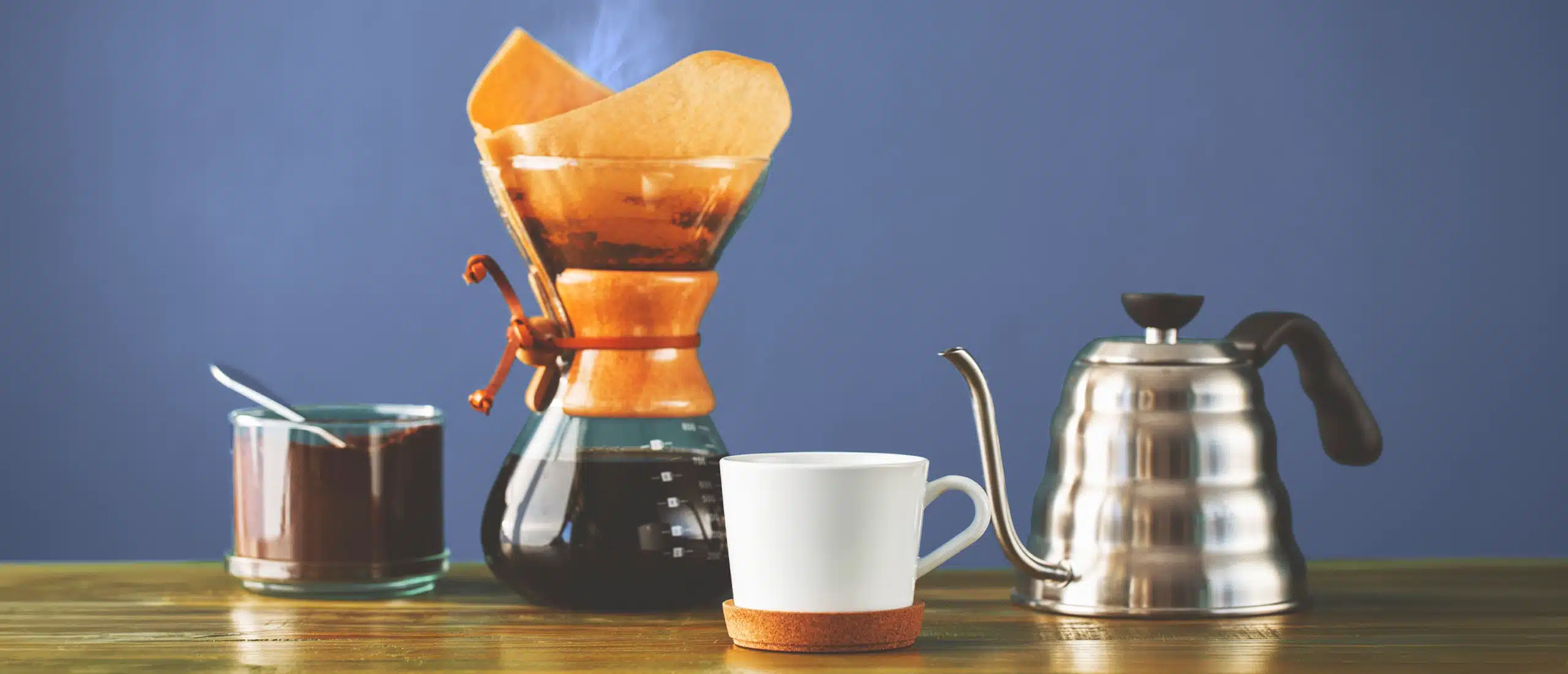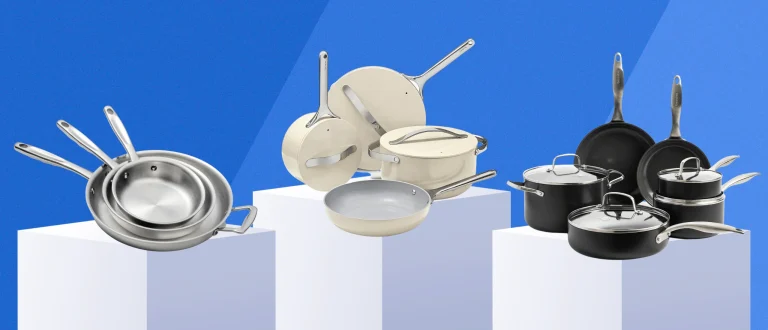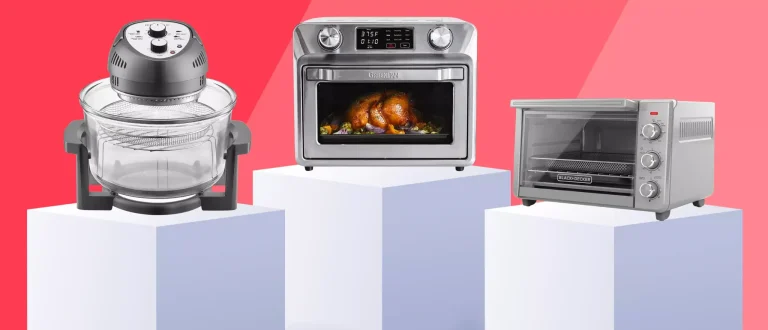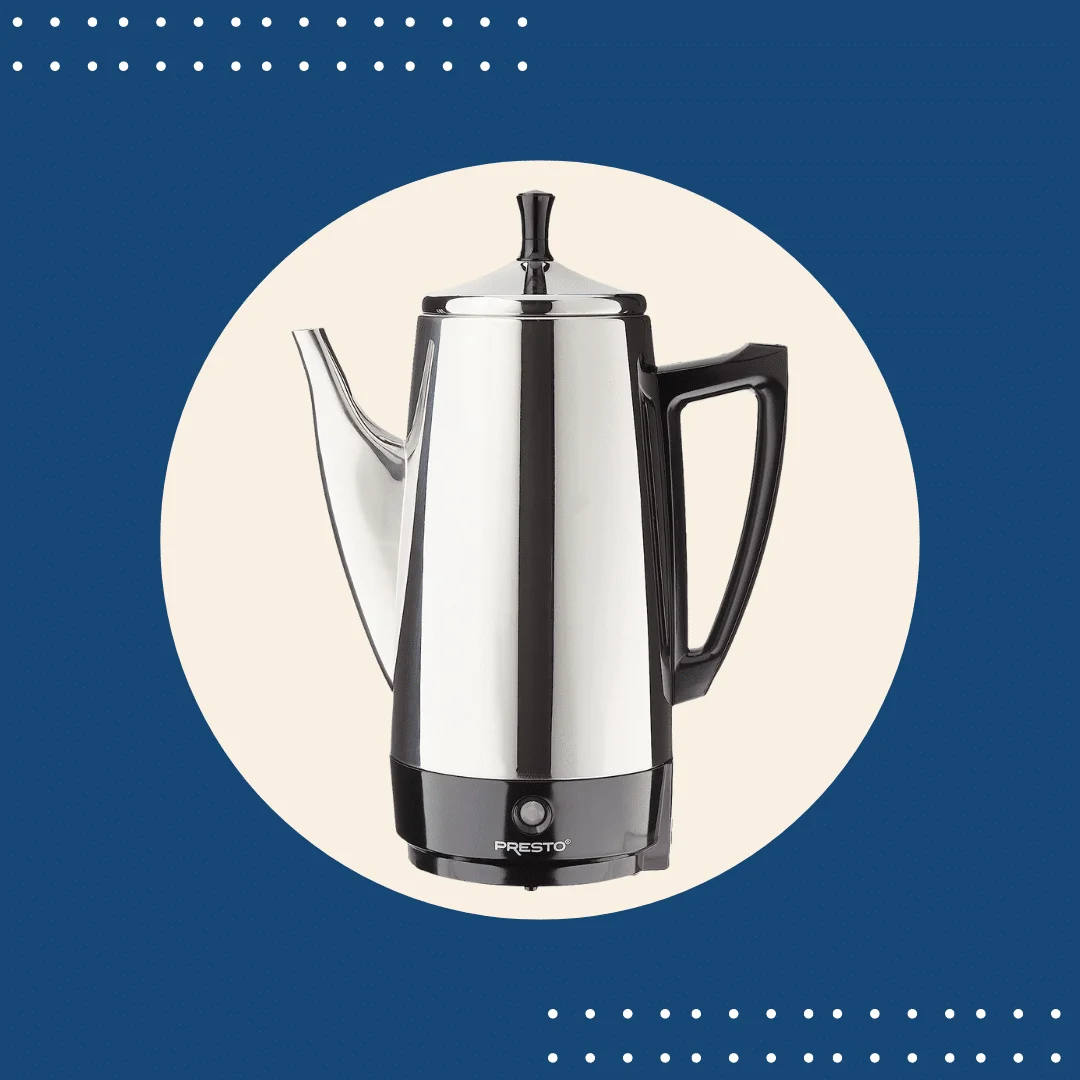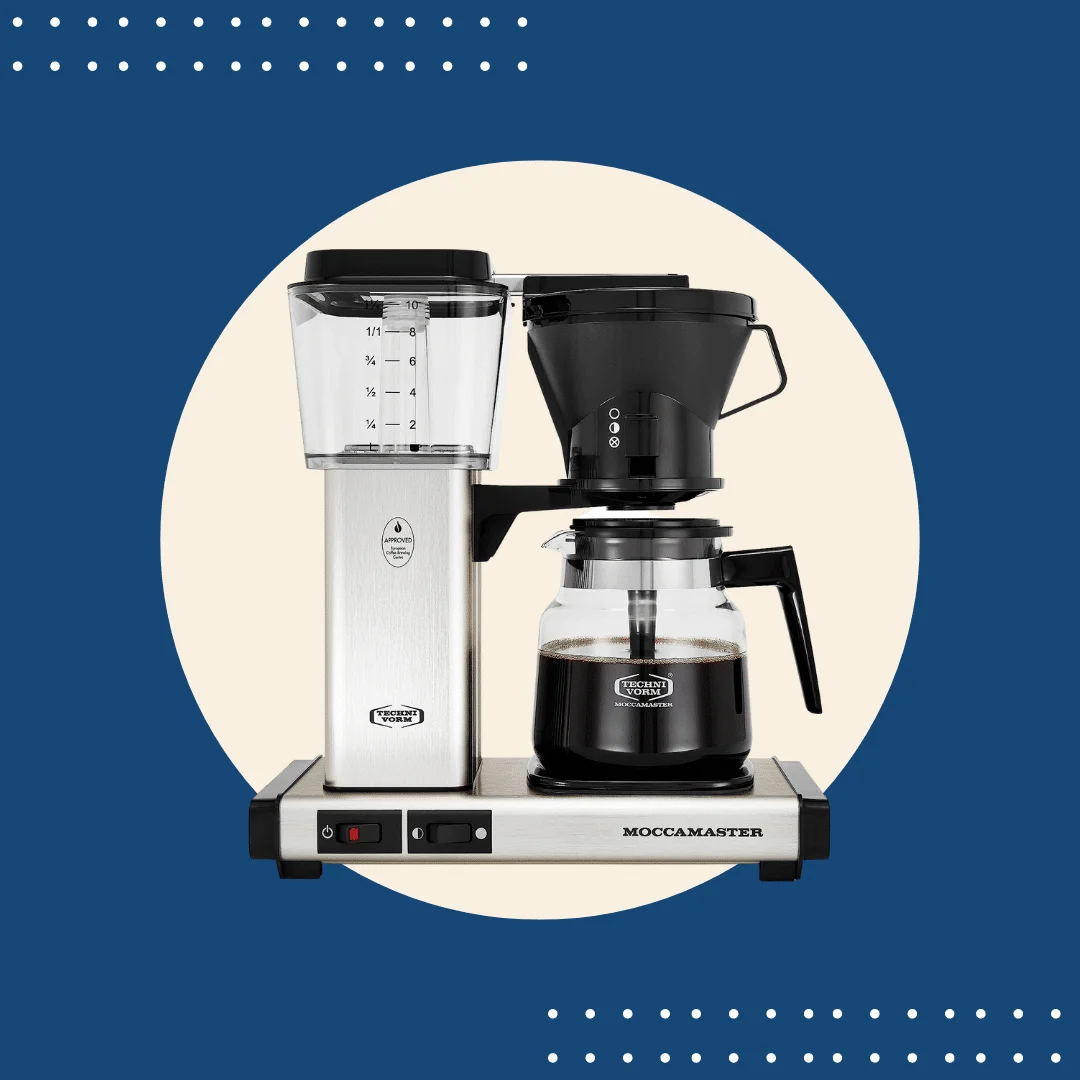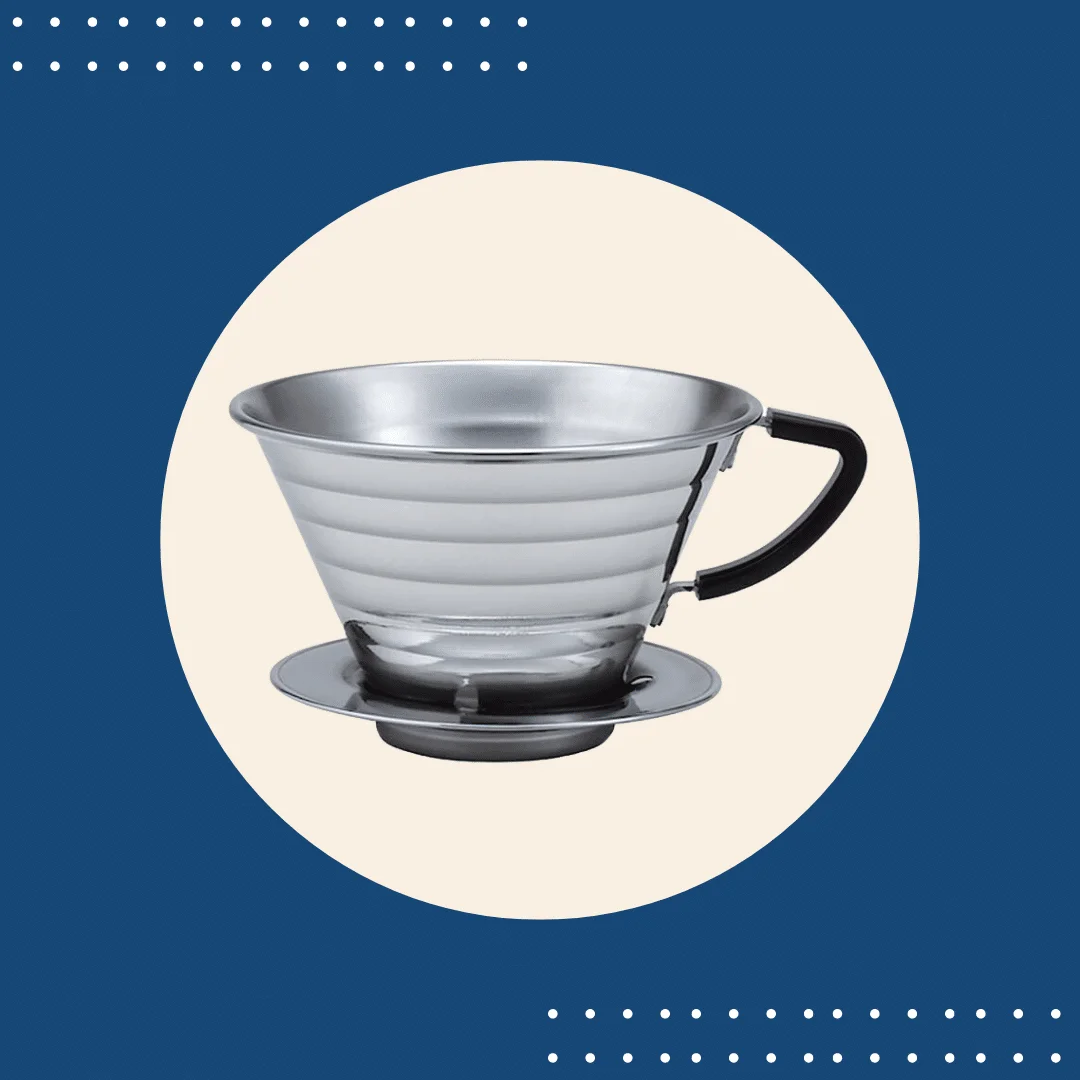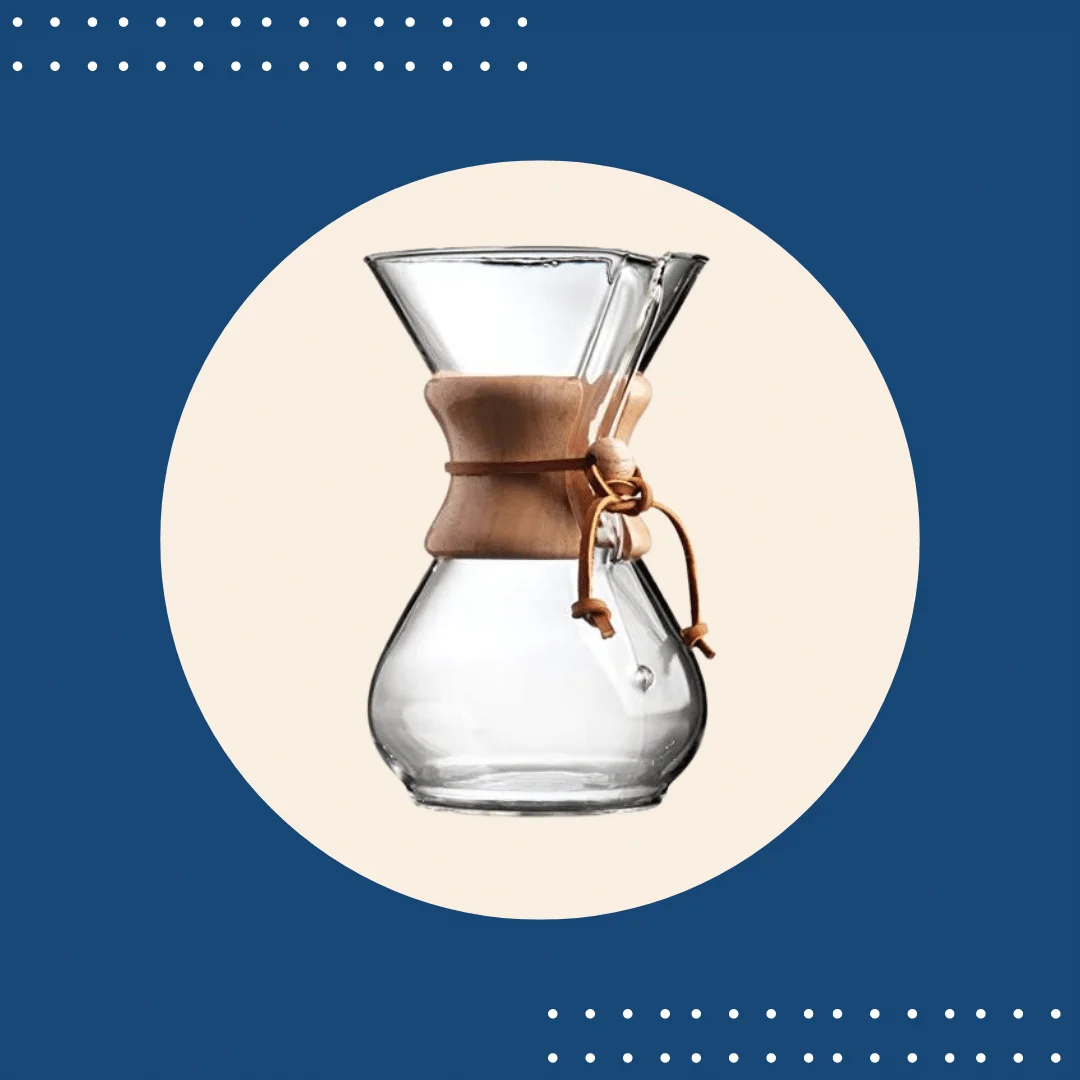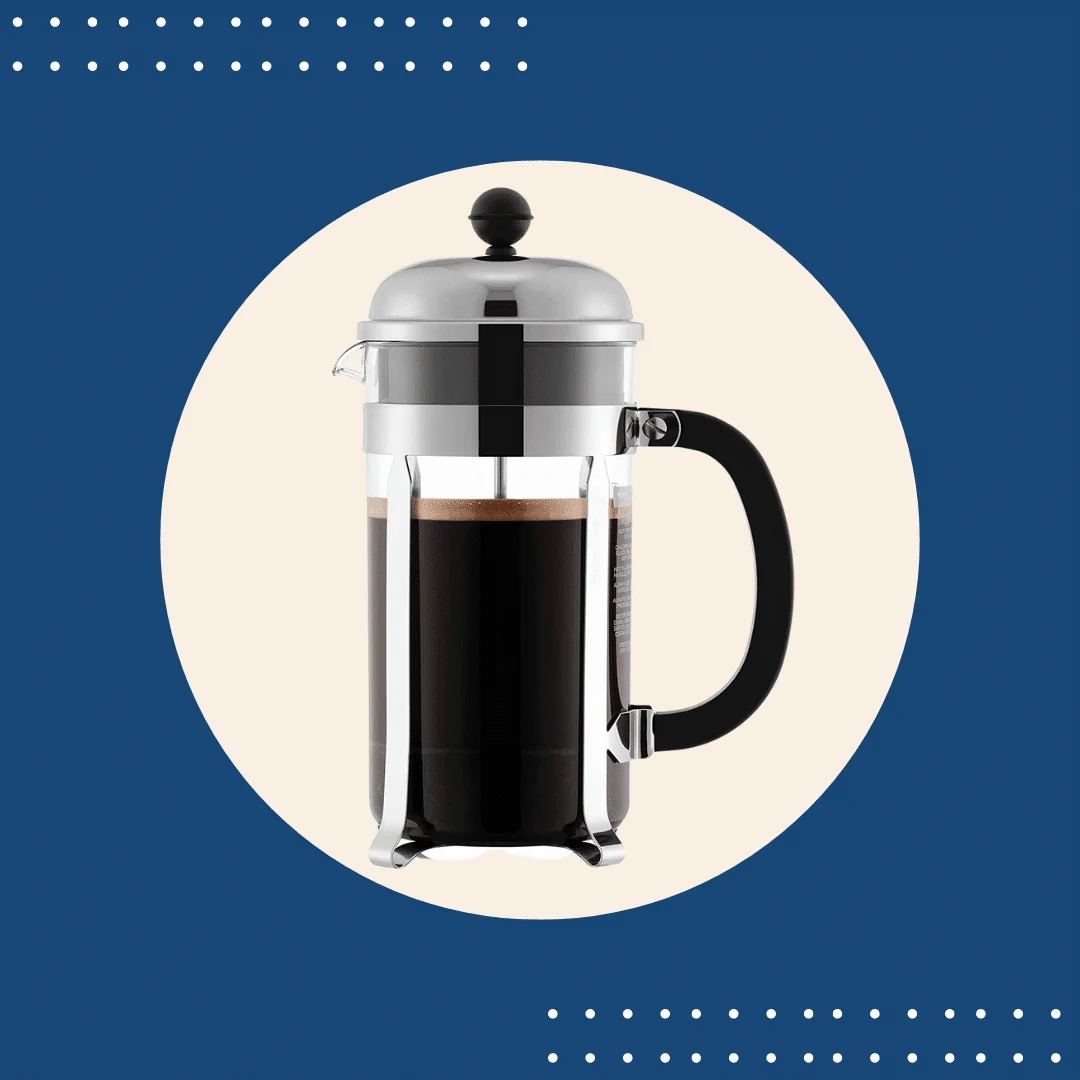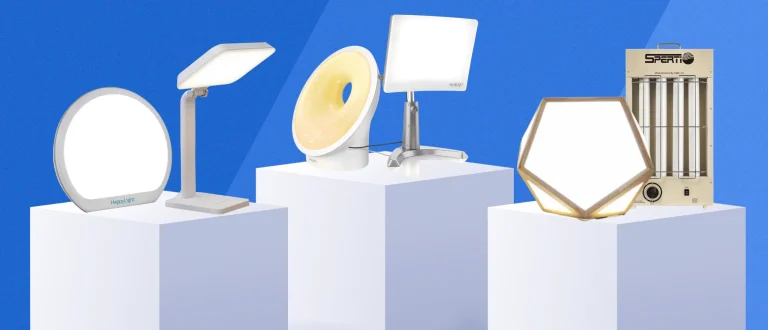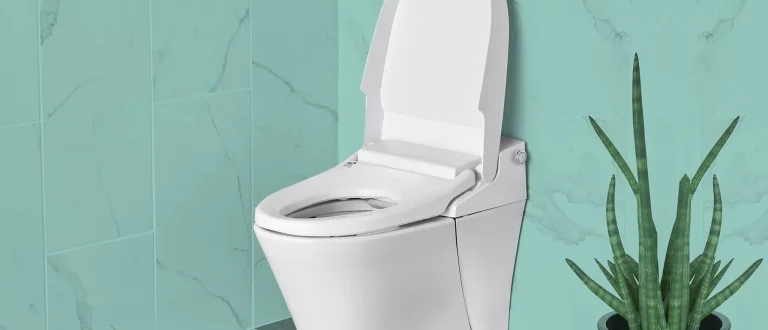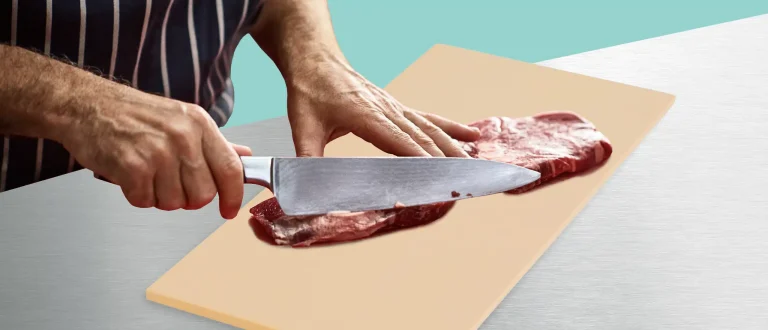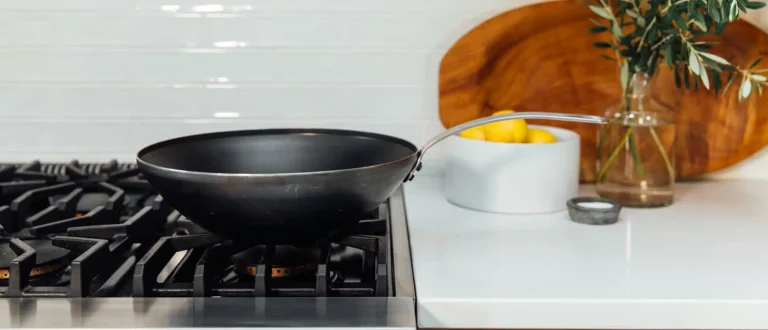Our product recommendations are selected by editors, tested first-hand, or expert-approved. We may earn a commission through links on our site.
There are few things more sacred to Americans than that first morning coffee, which is why it pains us to share that, for most folks, it may be worth considering a new coffee maker.
Many coffee makers, especially automatic brewers on the cheaper end of the spectrum, are made with more economical materials which, in the coffee world, almost invariably means hardened plastics. Upon coming into contact with blazing hot coffee, these plastics may leech into your morning brew. Research suggests this leeching can lead to an increased risk of reproductive issues, heart disease, Type 2 Diabetes, some cancers, and more.
The best way to avoid these risks is to mitigate them by investing in a coffee maker that reduces plastic on the inside of the machine, or anywhere coffee touches, in its brewing process. Here’s what you need to know about plastic-free (or nearly free) coffee makers.
NON-TOXIC
Why Get a Plastic-Free Coffee Maker?
The specific worry regarding plastic leeching is Bisphenol A, or BPA. It’s a chemical used in the making of virtually all plastics to harden the material, and most people are exposed to it constantly. In its 2004 study documenting environmental chemicals present in the human body, the CDC found BPA in “nearly all of the people tested, which indicates widespread exposure to BPA in the U.S. population.” It should be noted that the presence of BPA in your body does not necessarily mean you’ll suffer negative health consequences, but it is likely to raise your risk levels. Additionally, BPA is, thankfully, not a “forever chemical”—your body will process it and excrete it in about a week. The flip side of the coin is that, despite your body dumping BPAs somewhat regularly, almost every person sampled in the CDC’s study still had varying amounts of the chemical in their bodies, suggesting regular exposure.
Is BPA-free safe?
And just because your appliances are marketed as BPA-free doesn’t mean you’re in the clear. When BPA was identified as toxic and consumers became more aware of it, many product manufacturers began making their products with bisphenol S (BPS) and marketing them as BPA-free. While technically true, it’s becoming evident now that BPS is, for all intents and purposes, at least as bad as BPA for the human body. Until a suitable alternative is found, the most effective way to dodge harmful plastics from leeching into your food and water is to remove as many avenues in which heated food or liquid encounters plastic as possible.
The Best Plastic-Free Coffee Makers
Presto 12-Cup Percolator
Best plastic-free percolator
If you’re looking for the best value plastic-free automatic coffee brewer, this is it. Presto’s dead-simple percolator brews coffee in a stainless steel basket inside of a totally stainless steel canister. The only plastic is on the base and handle, which do not touch the hot coffee inside. Using one is as simple as pouring water in, dumping grounds in the basket, and flicking the “on” button. It brews up to 12 cups of coffee at roughly a cup-per-minute rate and its countertop footprint is about half of a traditional home coffee maker.
The coffee it brews isn’t all that much different than what comes out of a traditional drip brewer. It does typically brew more slowly and, because the machine keeps the internal temperature high post-brewing so the liquid is always hot out of the spout, coffee that’s been in the container for longer than an hour may be more bitter than you’re used to. The simple solution is to drink the coffee when it’s fresh, which shouldn’t be too hard for most people.
Technivorm Moccamaster
Best automatic plastic-free coffee maker
Very few traditional drip coffee brewers are anything close to plastic-free, but Technivorm’s classic Moccamaster comes close. The guts of the machine are steel and the heating element is copper, which means two things: it brews lightning fast, and it’s not cheap.For those unaware, Moccamasters are considered some of the best at-home coffee brewers money can buy. Different variations of the Moccamaster make up a huge percentage of the Specialty Coffee Association’s Certified Home Brewer list, which is for all intents and purposes a collection of the most scientifically excellent coffee makers money can buy.
The model we’ve selected features as little hot water contact with plastic as possible in a home brewer. As mentioned, the heating elements are metal and the tube that moves the water from reservoir to brew basket is glass. This model even uses a glass pitcher (with a boiler plate under it) instead of a metal one.
Kalita Wave 185
Best plastic-free pour-over coffee maker
The most direct way to remove any and all plastic contact with your morning cup of joe is to go pour-over. Yes, pour-over brewing takes some getting used to—you’ll need a kettle, for starters—but it has its advantages beyond its plastic-free status as well. First and foremost, they’re significantly more affordable than automatic brewers (especially plastic-free automatic brewers), but they’re also super easy to clean and brew much better coffee than the average automatic coffee maker.
There are dozens if not hundreds of pour-over coffee brewers, but the one most high-end coffee shops use also happens to be the most beginner friendly: the Kalita Wave. Without getting too in the weeds, it’s a stainless steel brewer with a flat, three-hole based. Its design effectively ensures you don’t screw up the distribution of water when brewing pour-over, which is a huge plus for anyone who’s never tried it before.
Chemex Pour-Over Glass Coffeemaker
Best all-glass coffee maker
Another excellent pour-over option is the Chemex brewer. You’ve probably seen more Chemexes adorning the shelves of coffee shops or design stores than you have brewing pots of coffee, but you can actually make coffee in it. Brewing coffee in one is marginally more challenging than a Kalita Wave, but it’s not rocket science—pour hot water on top of ground coffee and coffee comes out the other end.Chemexes are 100 percent borosilicate glass, or totally plastic-free.
Bodum French Press
Best plastic-free French press
If you’re worried about plastic leeching into your coffee and want to keep your coffee routine simple, French presses are another excellent option (second only in convenience to a good percolator). Coffee grounds, hot water, and a few minutes of waiting brews fairly consistent batches of coffee for years on end without any plastic interference or risk of wear and tear on the product.

